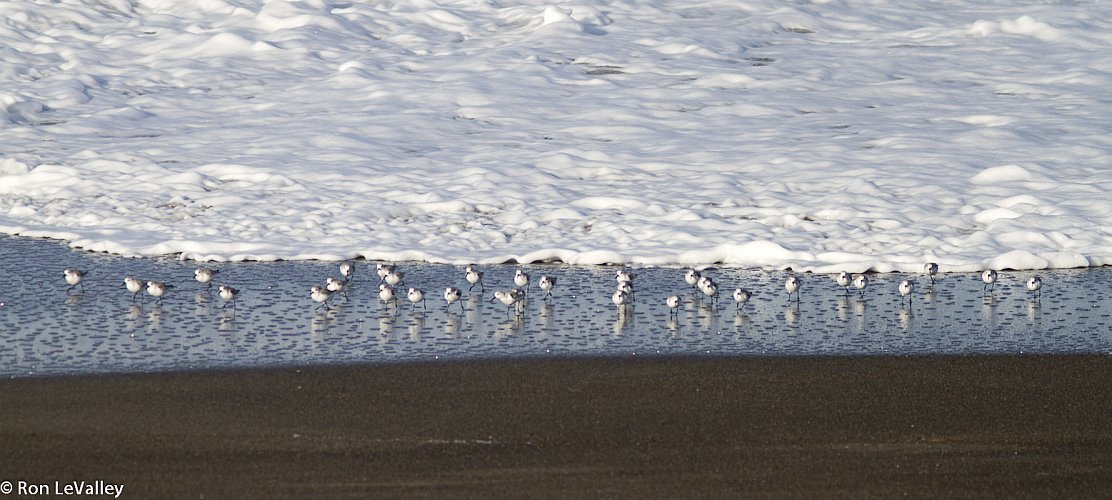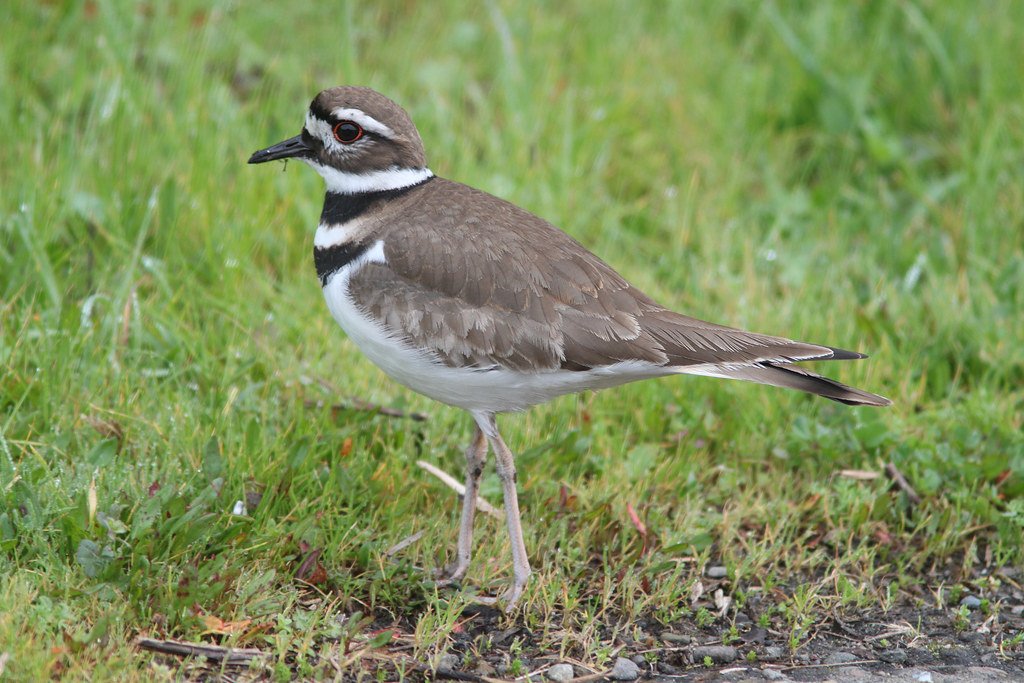
News
Fox Sparrow
Fox Sparrows are brown with heavily-streaked breasts of triangular markings that merge to a central spot. The legs are pale…
Great Blue Heron
The Great Blue Heron is aptly named. It is the largest heron at 4 feet tall and has a wingspan of 7 feet…
Hermit Thrush
The ethereal, flute-like song of the Hermit Thrush has inspired poets such as Whitman and Burroughs. It has been called the American nightingale…
Laysan Albatross
They are huge birds with wingspans of six and a half feet that spend most of their lives gliding over the ocean. They even sleep while gliding…
Mountain Quail
It has a long straight head plume instead of the pompadour of the California Quail. Its chestnut throat patch is lined by greenish white. Its chestnut sides have long white lines on them. Its chest is brown and gray and it has a very short tail. Juveniles have shorter head plumes and a white chin.
Northern Flicker
The Northern Flicker is rewardingly easy to identify with its undulating flight and its white rump patch and flashes of salmon-red on its wings and tail. This woodpecker is divided into our west-coast red-shafted flicker and the east and far-north yellow-shafted flicker. In the Great Plains you get some interesting mixes of the two.
Peregrine Falcon
The Peregrine Falcon is the namesake for the inland Audubon group. David Allen Sibley calls this bird the embodiment of speed and power.
Pied-Billed Grebe
The scientific binomial for Pied-billed Grebe, Podilymbus podiceps, is Latin for ‘diving rump foot.’ It’s a fitting description of the small bird’s legs and feet, which are attached toward the back of its body.
Pelagic Cormorant
Pelagic Cormorants do not live up to their names. Rather than going far out in the open ocean, they stay within a few miles of shore.












